What Is the Indian Food? A Spicy Journey Through Flavor and Culture
Table of Contents
Introduction to Indian Food
When you think about Indian food, what comes to mind? Probably a vibrant mix of spices, rich flavors, and a deep cultural history. But what exactly is the Indian food? It's more than just a meal—it's a reflection of centuries of tradition, regional diversity, and culinary innovation.
Indian cuisine is one of the most complex and flavorful in the world. From the fiery curries of the south to the delicate sweets of the north, each region has its own unique take on cooking. The answer to 'what is the Indian food' lies not in a single dish, but in the vast array of flavors, ingredients, and techniques that define it.
Whether you're a spice enthusiast or a curious food lover, this article will guide you through the basics of Indian food and help you understand why it's so special.
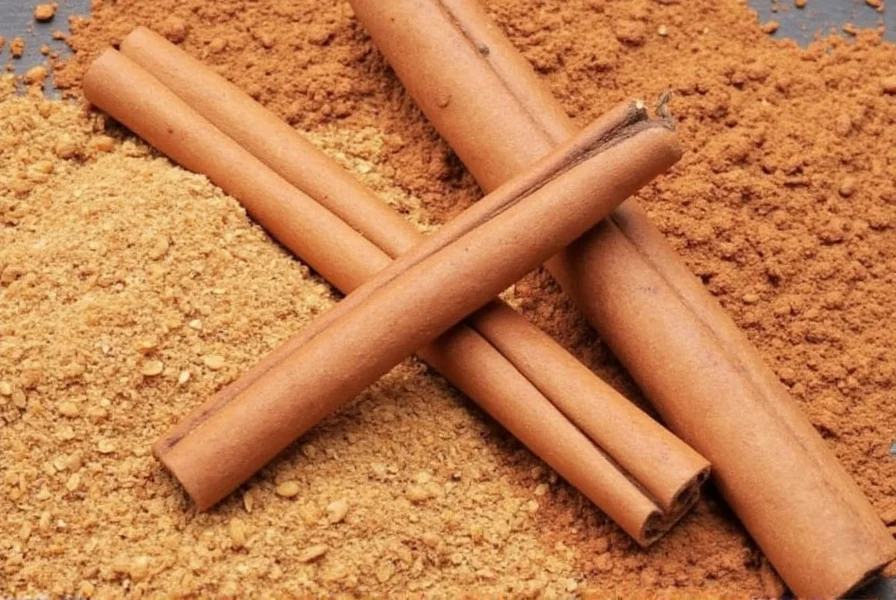
The Heart of Indian Cooking: Spices
If there's one thing that sets Indian food apart from any other cuisine, it's the use of spices. Spices are not just flavor enhancers—they are the soul of Indian cooking. But what is the Indian food without these aromatic treasures?
Let's break down some of the most common spices used in Indian food:
| Spice | Description | Flavor Profile |
|---|---|---|
| Cumin | A staple in almost every Indian recipe | Earthy, nutty, and slightly smoky |
| Garam Masala | A blend of warm spices often added at the end of cooking | Warm, sweet, and aromatic |
| Turmeric | Known for its golden color and health benefits | Eartthy with a slight bitterness |
| Cardamom | Used in both savory and sweet dishes | Floral, sweet, and slightly spicy |
| Cloves | Used sparingly due to their strong flavor | Strong, sweet, and slightly bitter |
These spices are not just for taste—they also play a role in traditional medicine and Ayurveda. So when someone asks, 'what is the Indian food?', you can say it's a symphony of spices that bring both flavor and wellness.
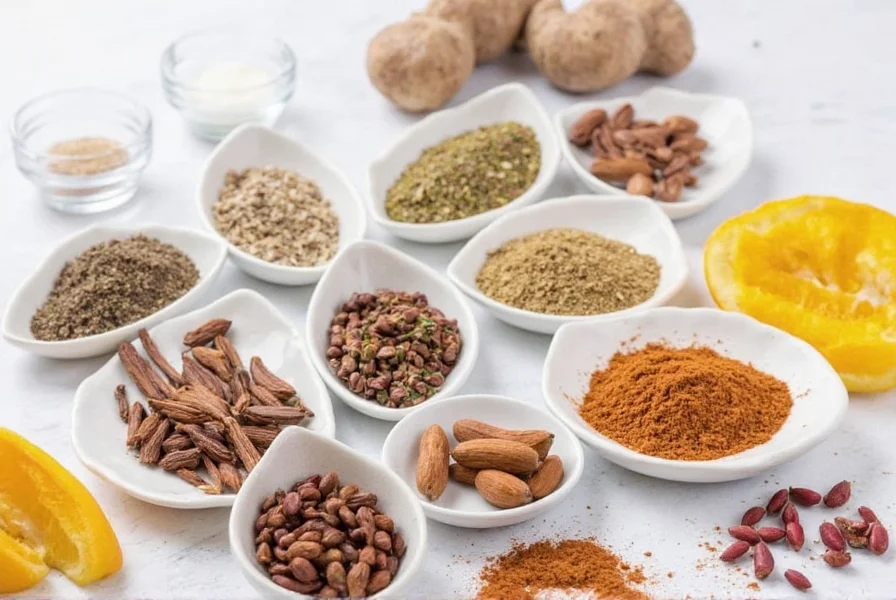
Diverse Regional Cuisines in India
India is a land of many cultures, and its food reflects that diversity. Each region has its own unique style, ingredients, and cooking methods. That’s why the answer to 'what is the Indian food' isn't straightforward—it's a mosaic of regional cuisines.
North Indian Cuisine
North Indian food is known for its rich gravies, breads like naan and paratha, and the use of dairy products such as paneer. Popular dishes include butter chicken, dal makhani, and biryani.
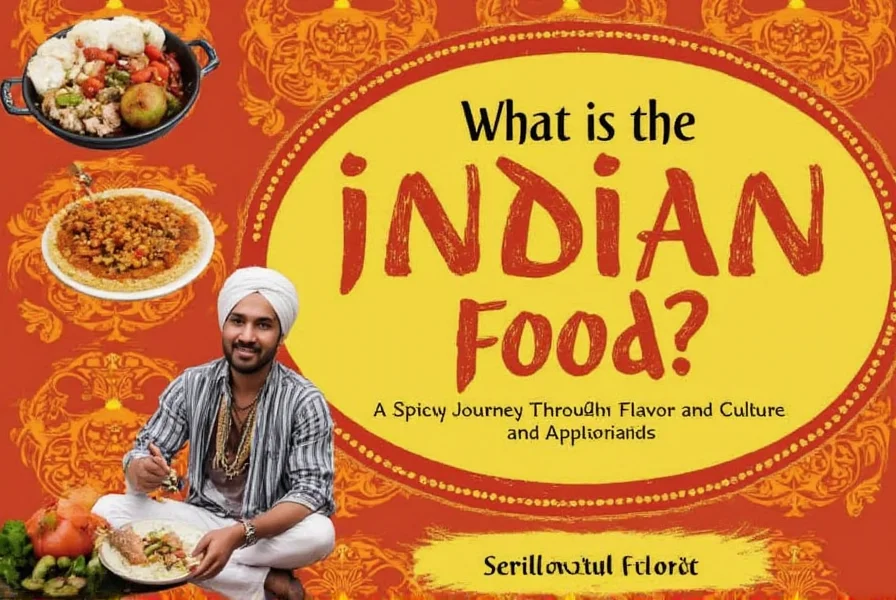
South Indian Cuisine
South Indian food is lighter and more rice-based. Dishes like dosa, idli, and vada are staples. Coconut, tamarind, and curry leaves are commonly used, giving the food a distinct tangy and creamy flavor.
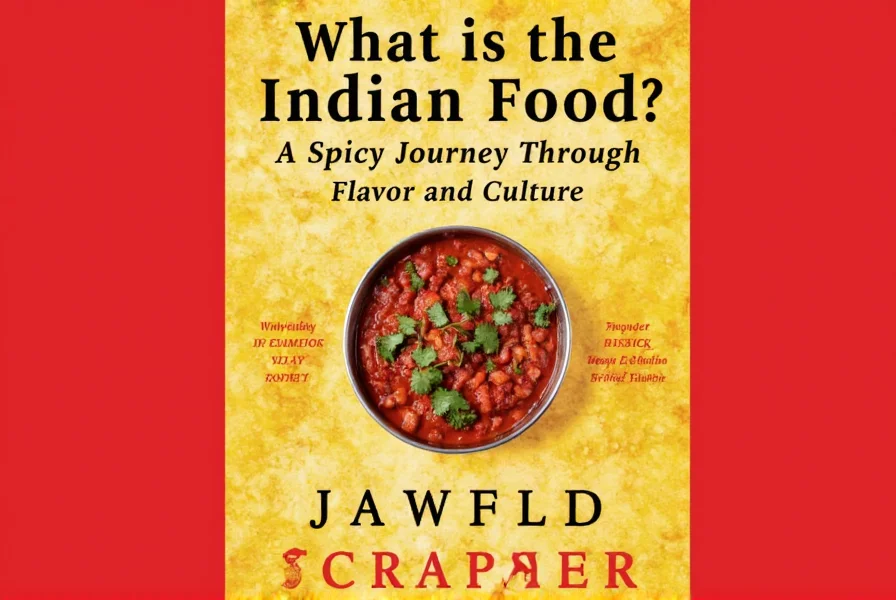
East Indian Cuisine
East Indian food features dishes like rasgulla, chhena poda, and macher jhol (fish curry). The use of mustard oil and panch phoron (a five-spice blend) is common.
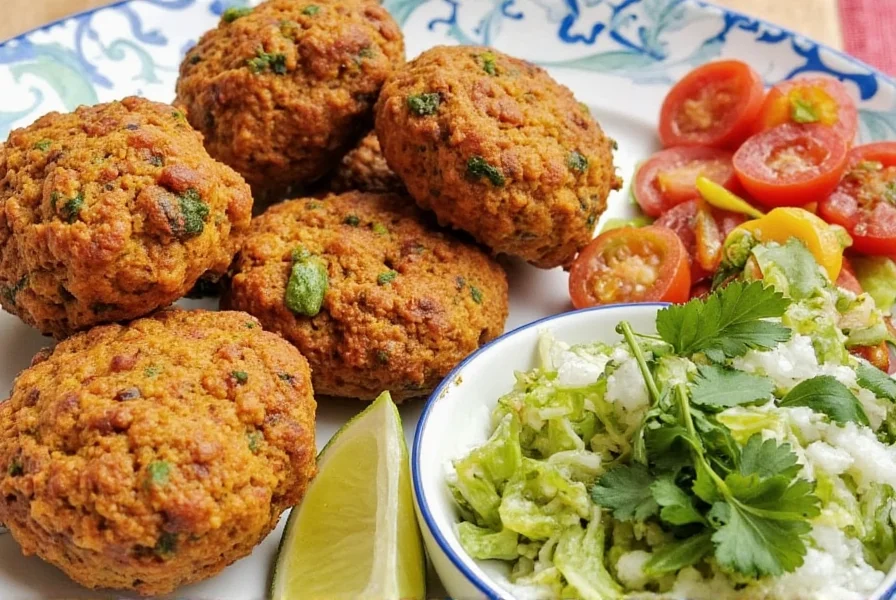
West Indian Cuisine
West Indian food includes popular dishes like vada pav, bhel puri, and misal pav. The cuisine is influenced by coastal regions, with an emphasis on seafood and coconut.
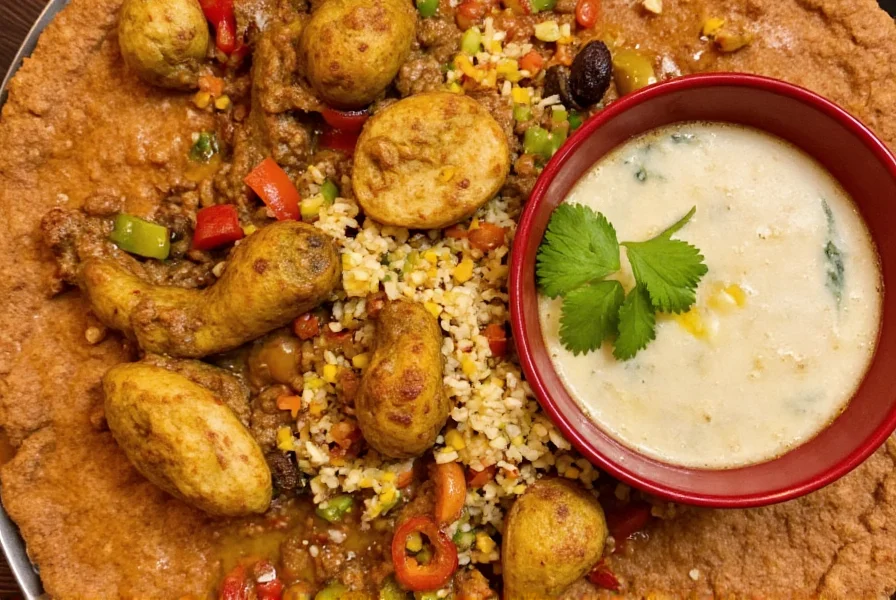
Practical Tips for Exploring Indian Food
Exploring Indian food can be a delightful adventure, especially if you know where to start. Here are some practical tips to enhance your experience:
- Start with the basics: Learn the key spices and how they’re used in different dishes.
- Try regional specialties: Don’t limit yourself to just one type of Indian food—explore the variety.
- Use fresh ingredients: Fresh herbs, vegetables, and spices make all the difference in Indian cooking.
- Don’t skip the bread: Naan, roti, and paratha are essential for soaking up the rich gravies.
- Pair with chai: A cup of masala chai is the perfect companion to any Indian meal.
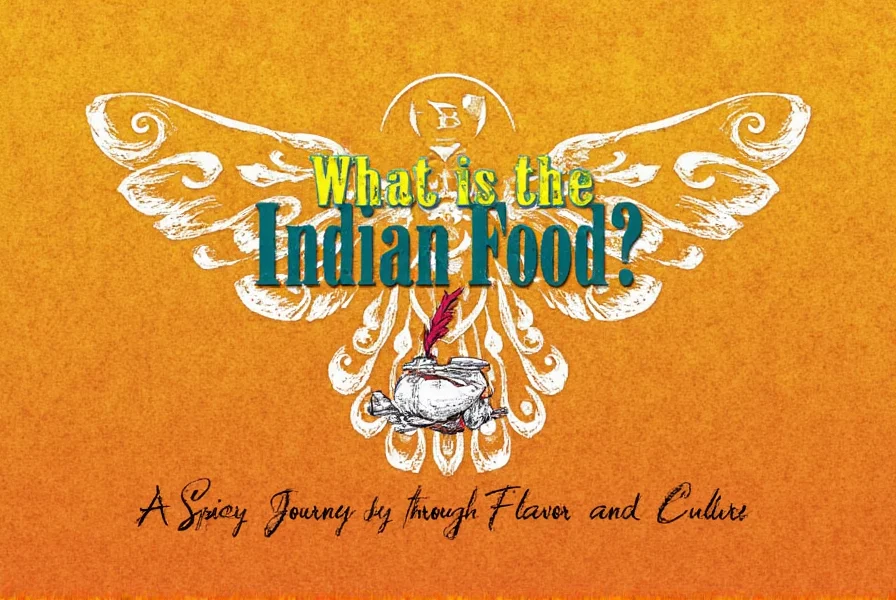
These tips can help you get the most out of your Indian food journey, whether you're cooking at home or dining out.
Buying Guide: Essential Spices and Ingredients
If you want to truly understand what is the Indian food, you need to have the right ingredients. Here’s a buying guide to help you stock your kitchen with authentic spices and components:
Must-Have Spices
- Cumin Seeds: Used in everything from dal to chutneys. Great for roasting or toasting.
- Turmeric: Adds color and health benefits. Best bought in powder form.
- Garam Masala: A versatile spice blend that adds warmth and depth.
- Coriander Powder: A base for many curries and marinades.
- Cloves: Strong flavor, so use sparingly. Ideal for slow-cooked dishes.
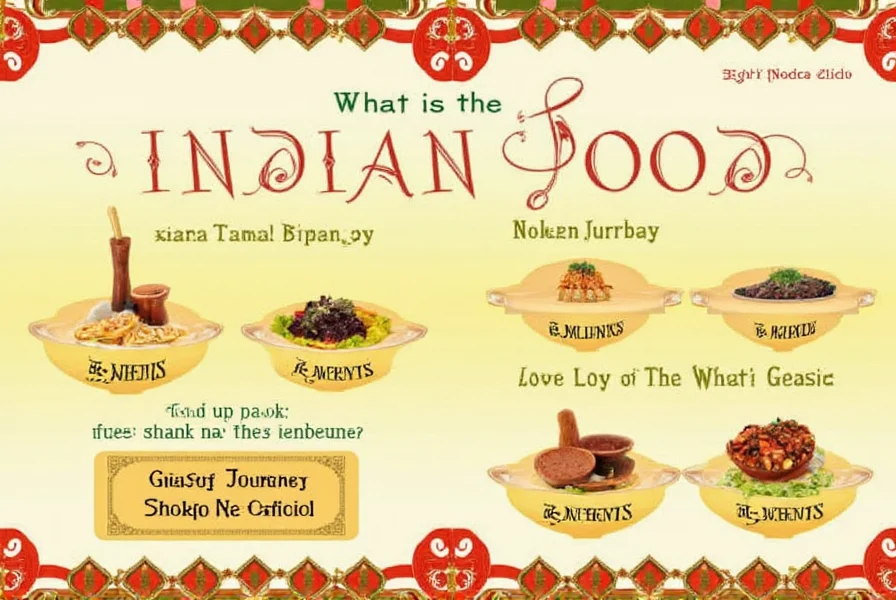
Essential Ingredients
- Peanut Butter: Used in some South Indian recipes and snacks.
- Coconut Milk: Essential for South Indian and Kerala-style curries.
- Dal: Lentils are a staple in Indian cooking. Choose between red, yellow, or green lentils.
- Paneer: A type of cheese commonly used in North Indian dishes.
- Yogurt: Used in marinades, raitas, and as a base for sauces.
These ingredients are not just for cooking—they’re part of the cultural fabric of Indian food. When you ask, 'what is the Indian food?', remember that it’s made with love, care, and a dash of spice.
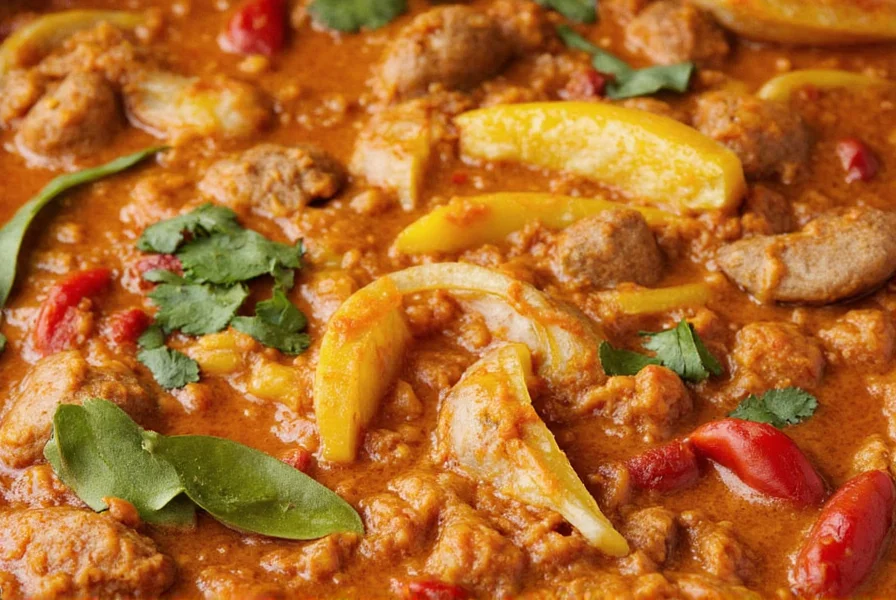
Conclusion
So, what is the Indian food? It’s a complex and beautiful tapestry of flavors, traditions, and regional influences. From the fiery curries of the south to the rich, creamy dishes of the north, Indian food is a celebration of life, culture, and flavor.
Whether you're a seasoned chef or a casual foodie, exploring Indian food can open your eyes to new tastes and experiences. And with the right spices, ingredients, and a little bit of curiosity, you can bring the essence of Indian food into your kitchen.
Remember, the question 'what is the Indian food' doesn't have a single answer. It's a journey, a story, and a feast for the senses.
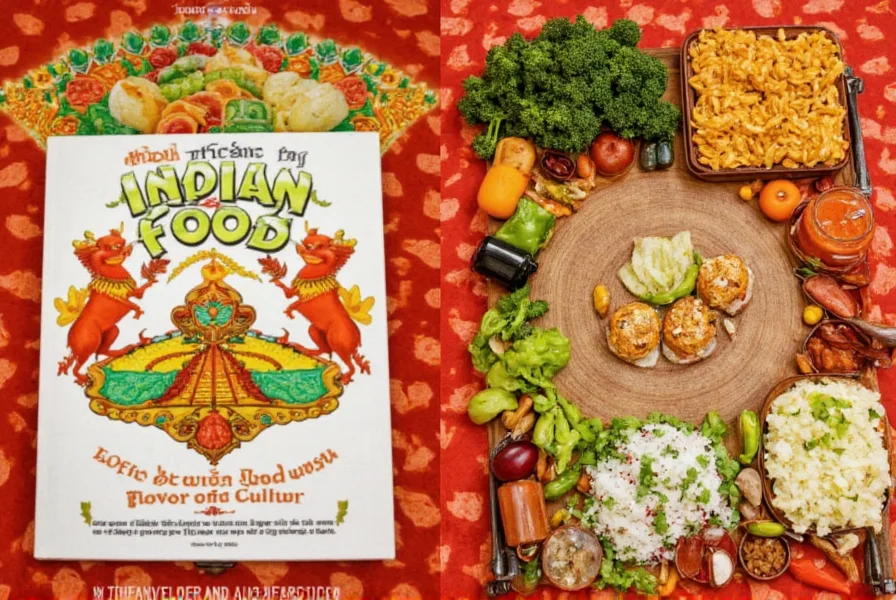

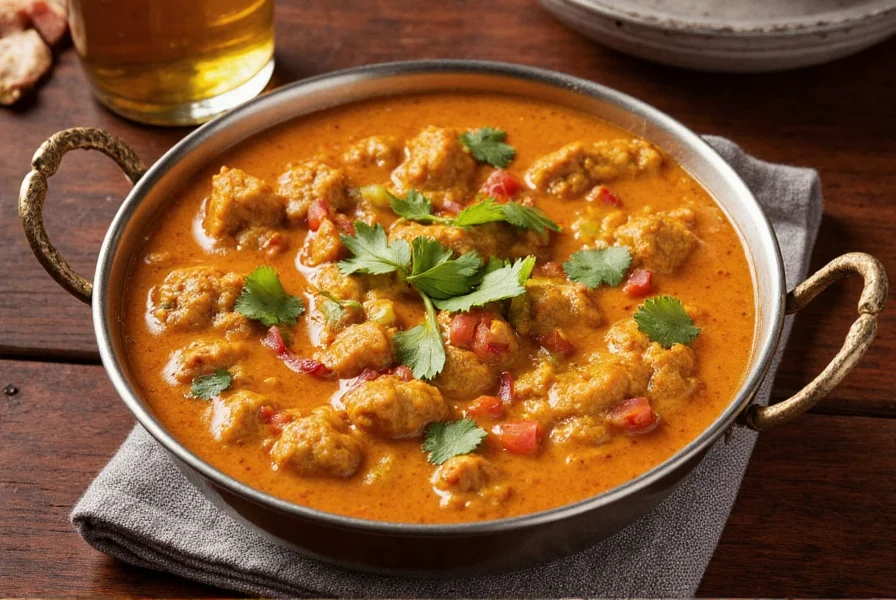









 浙公网安备
33010002000092号
浙公网安备
33010002000092号 浙B2-20120091-4
浙B2-20120091-4